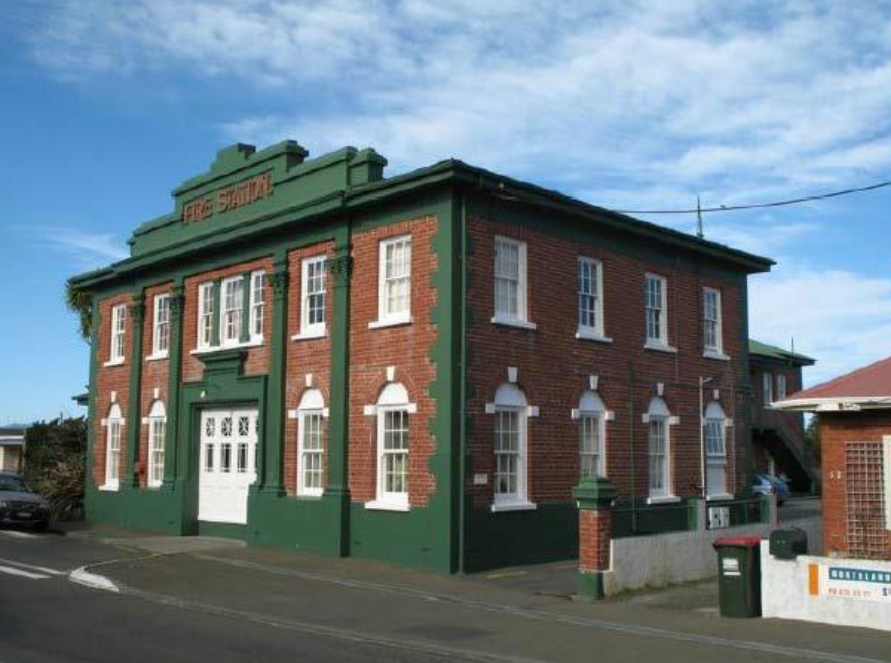
PUBLICATIONS
Published works

Final report on fragility curves for retrofitted URM buildings in Australia
| Title | Final report on fragility curves for retrofitted URM buildings in Australia |
| Publication Type | Report |
| Year of Publication | 2018 |
| Authors | Vaculik, J, Griffith, M |
| Date Published | 12/2018 |
| Institution | Bushfire and Natural Hazards CRC |
| City | Melbourne |
| Report Number | 441 |
| Abstract | As reported in the previous project report “Fragility Curves for URM Buildings” (Derakhshan and Griffith, 2018), fragility curves are an important tool for estimating the economic loss due to earthquakes. As a follow-up to that work, this report presents fragility curves for URM buildings that have been seismically strengthened. With this additional information, it will be possible to estimate the reduced damage due to seismic retrofit for cost-benefit analyses for a range of earthquake scenarios in order to ensure cost-effective seismic strengthening policy. With this in mind, the remainder of this report should be treated as an addendum to the previous project report (Derakhshan and Griffith, 2018), hereafter referred to as the August 2018 report. In the present report, we describe the methodology used to produce empirically-based fragility curves for seismically strengthened URM buildings on the basis of performance reported for 78 heritage-listed buildings in Christchurch during the 2010 and 2011 earthquake sequence. Empirical fragility curves for the global damage of strengthened buildings have been derived using the simplifying assumption that the PGA to cause a particular probability of a given damage state in a strengthened building can be obtained as a scalar multiple of the probability to cause the same damage state in the unstrengthened building. On the basis of this assumption, PGA scaling multipliers are calibrated which can be used to apply a rightward shift to the unstrengthened building curves (from the August 2018 report) to produce the corresponding curves for strengthened buildings. These multipliers were calibrated using the Christchurch earthquake damage data for two levels of retrofit. It was found that a multiplier of 1.4 produces good agreement for buildings with full retrofit, and a multiplier of 1.1 for buildings with partial or incomplete retrofit. It is recommended that for buildings strengthened only for improved out-of-plane wall resistance by means of bracing/ties only, a multiplier of 1.0 should be used. |
Published Works


